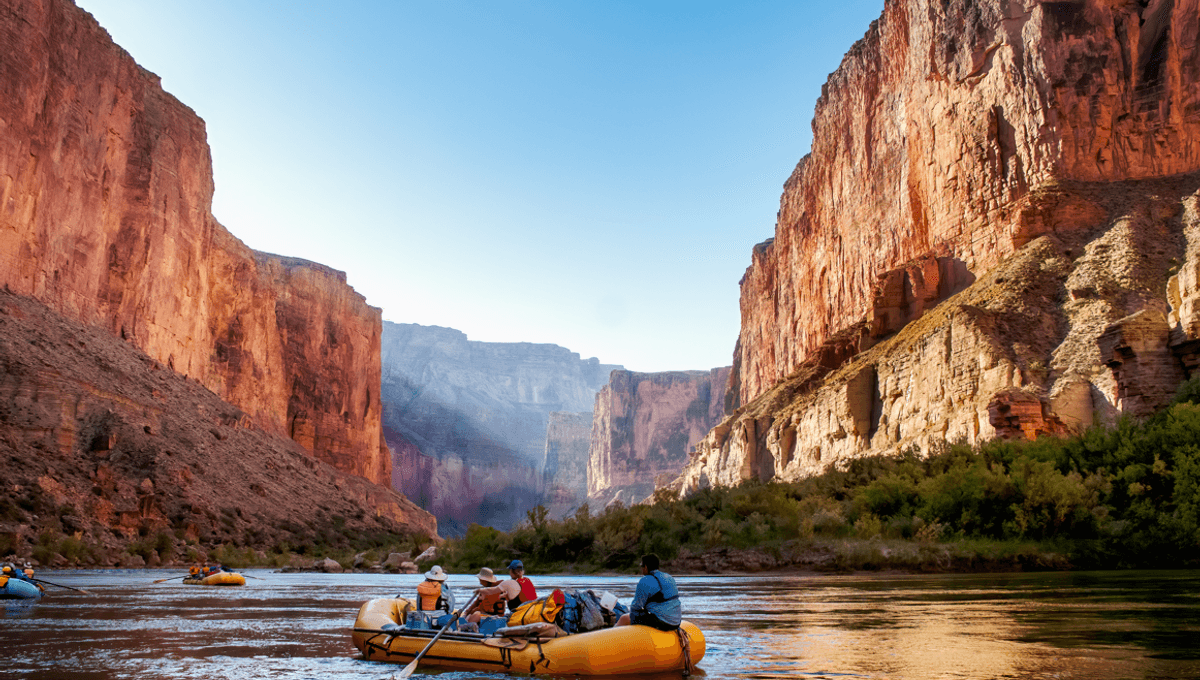
The fate of the Colorado River is hanging in the balance after President Trump halted payments for a 4 billion-dollar program designed to keep its water flowing.
ADVERTISEMENT
It’s all tied up with one of the executive orders signed by President Trump on the first day of his second term, “Unleashing American Energy,” which aims to “unleash America’s affordable and reliable energy and natural resources” by removing what the order refers to as “burdensome and ideologically motivated regulations.”
The order sets out to “immediately pause the disbursement of funds appropriated through the Inflation Reduction Act of 2022.” Part of this Biden-era plan set aside $4 billion to prevent droughts in the Colorado River Basin by increasing water conservation, improving water efficiency, and reducing the risk of reservoirs failing.
Some of this money has already been delivered, but the executive order means it’s uncertain whether the river programs will receive the rest of the money it needs.
Hope is in short supply. This week, the Trump administration reportedly canceled a scheduled meeting with a group that manages the Glen Canyon Dam on the Colorado River.
“I just hope that both Democrats and Republicans across the West recognize the importance of this funding and what it does for local communities. And that they will be able to push the right political buttons in D.C. to make this money get distributed as it was presented by the Bureau of Reclamation,” Steve Wolff, general manager of the Southwestern Water Conservation District in Durango – which was pitted to receive $25.6 million in federal funds – told Inside Climate News.
The Colorado River Basin covers around 647,497 square kilometers (250,000 square miles), around 8 percent of the mainland US. The river flows for over 2,300 kilometers (around 1,500 miles) and serves as a critical water resource for 40 million people living across Arizona, California, Colorado, Nevada, New Mexico, Utah, and Wyoming.
ADVERTISEMENT
In recent decades, its waters have reached a historic low – so much so that the river no longer reaches the sea. Climate change, poor management, and chronic overuse from a rising population have all been culprits in its demise.
The question of how to solve the river crisis has sparked squabbles among policymakers, who struggle to balance water allocation and curb overuse. Some hoped the Inflation Reduction Act of 2022 could help to iron out these problems. Alas, things are no longer so certain.
“These are not woke environmental programs. These are essential to [the] continued ability to divert water,” Anne Castle, former US Commissioner to the Upper Colorado River Commission, told NPR.
“Having this appropriated funding suddenly taken away undoes years and years of very careful collaboration among the states in the Colorado River Basin and threatens the sustainability of the entire system,” she added.
Source Link: Trump's Spending Cuts Leave An Uncertain Future For The Colorado River